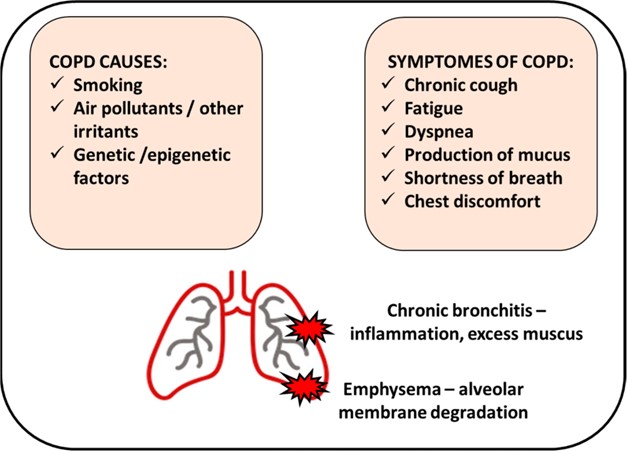The nurse is caring for a client newly diagnosed with emphysema. The nurse should prioritize which potential complication?
Self-care deficit.
Activity intolerance.
Impaired gas exchange.
Ineffective airway clearance.
The Correct Answer is C
Emphysema is a chronic obstructive pulmonary disease (COPD) characterized by the destruction of lung tissue and loss of elasticity in the alveoli. This leads to poor gas exchange, specifically the reduced ability of oxygen to enter the bloodstream and carbon dioxide to be eliminated from the body. Impaired gas exchange can result in hypoxemia and hypercapnia, leading to symptoms such as shortness of breath, fatigue, and decreased exercise tolerance.
While self-care deficit, activity intolerance, and ineffective airway clearance are all potential complications associated with emphysema, impaired gas exchange is the priority due to its direct impact on the client's oxygenation and overall respiratory function.
Addressing impaired gas exchange and optimizing oxygenation is essential to support the client's respiratory health and prevent further complications. Management strategies for impaired gas exchange may include administering supplemental oxygen, implementing respiratory treatments to improve lung function, and providing education on breathing techniques and energy conservation.

Nursing Test Bank
Naxlex Comprehensive Predictor Exams
Related Questions
Correct Answer is ["40"]
Explanation
To determine the amount of mL the child should receive per day, we need to calculate the total daily dose of ampicillin based on the prescription.
The prescription is for 500 mg of ampicillin four times a day, so the total daily dose is: 500 mg × 4 times = 2000 mg/day
The concentration of the suspension is 250 mg/5 mL, which means that there are 250 mg of ampicillin in every 5 mL.
To find out how many mL the child should receive per day, we divide the total daily dose by the concentration:
2000 mg ÷ 250 mg/5 mL = 40 mL/day
Therefore, the child should receive 40 mL of the ampicillin suspension per day.
Correct Answer is A
Explanation
The client's history of lung cancer, persistent hoarseness, chronic cough, and labored respirations when speaking indicate potential respiratory complications. Coarse breath sounds may suggest the presence of airway obstruction or fluid accumulation in the lungs, which can be indicative of a worsening condition.
The nurse should intervene promptly by assessing the client's respiratory status further, providing appropriate respiratory support, and notifying the healthcare provider for further evaluation and intervention.
Whether you are a student looking to ace your exams or a practicing nurse seeking to enhance your expertise , our nursing education contents will empower you with the confidence and competence to make a difference in the lives of patients and become a respected leader in the healthcare field.
Visit Naxlex, invest in your future and unlock endless possibilities with our unparalleled nursing education contents today
Report Wrong Answer on the Current Question
Do you disagree with the answer? If yes, what is your expected answer? Explain.
Kindly be descriptive with the issue you are facing.
